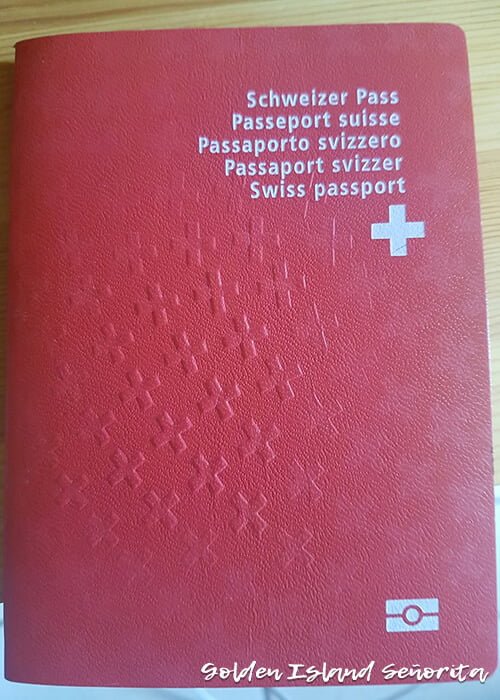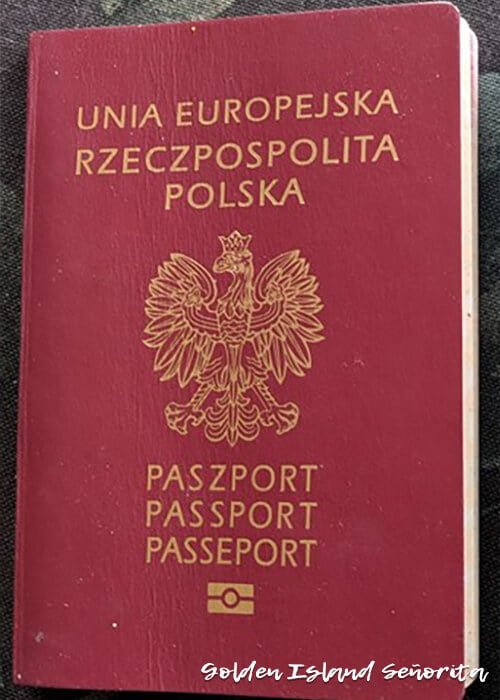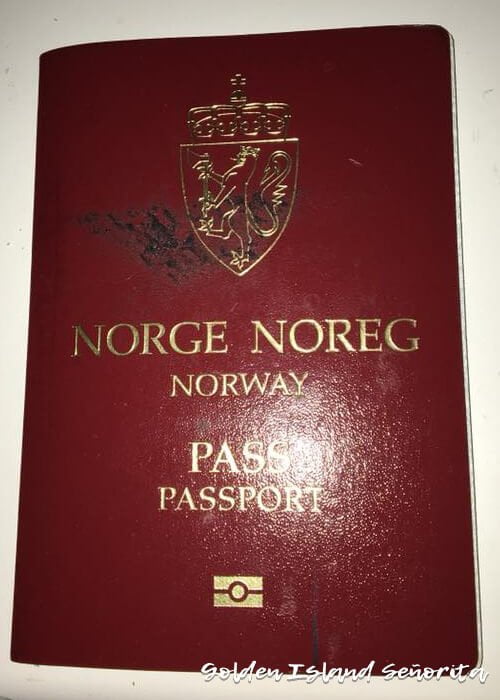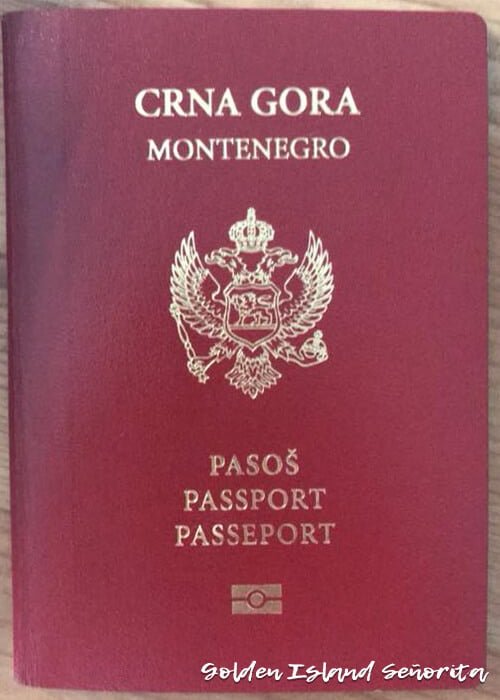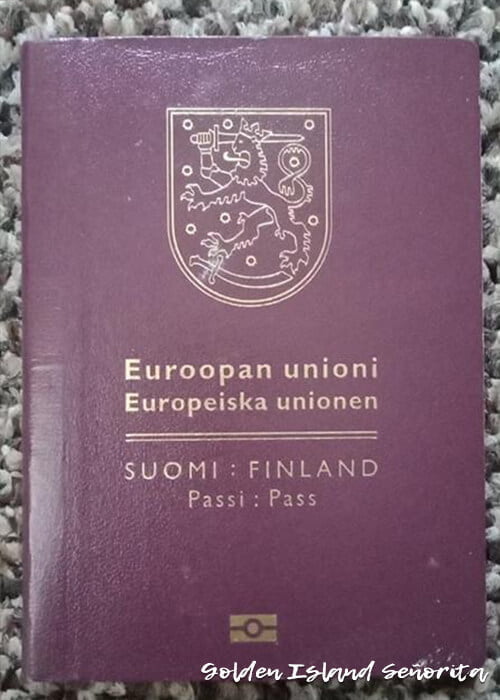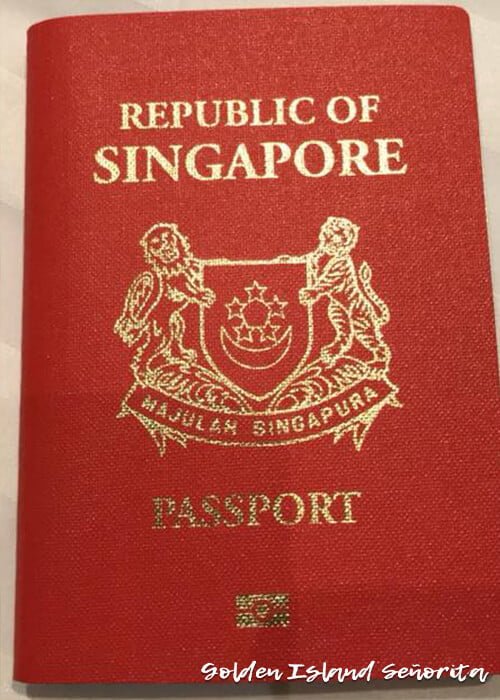In an era of global exploration and connectivity, passports stand as the ultimate travel companion, granting us access to distant lands and diverse cultures. But beyond their role as mere documents, passports hold a rich history and harbor a plethora of intriguing facts. In this comprehensive guide, we’ll delve into the most common FAQs about passports, uncover their fascinating origins, explore their multifaceted uses, and unearth some lesser-known facts that will pique your curiosity.
What is a Passport?
Let’s start with the basics. A passport is a government-issued document that serves as proof of identity and nationality for its holder. It typically contains essential personal information such as the bearer’s name, date of birth, photograph, and signature. Additionally, passports may include other details such as biometric data or unique identification numbers.
A Brief Journey Through Passport History
The history of passports is a captivating tale that stretches back centuries. While the concept of travel documents has existed since ancient times, modern passports as we know them today began to emerge in the late Middle Ages. One of the earliest known examples is the “Safe Conducts” issued by medieval rulers to guarantee safe passage for travelers.
The first official mention of a document resembling a modern passport dates back to the 15th century in England. King Henry V introduced “safe conducts” to regulate the movement of English subjects abroad. Over time, these documents evolved into the precursor of today’s passports, with standardized formats and international recognition gradually becoming the norm.
The Many Uses of Passports
Passports serve a multitude of purposes beyond simply facilitating international travel. Here are some common uses of passports:
- Identification: Passports are widely accepted as primary forms of identification in various official and commercial settings.
- Travel Authorization: Perhaps the most obvious use of passports is to gain entry into foreign countries. They serve as a crucial tool for border control authorities to verify the identity and nationality of travelers.
- Citizenship Confirmation: Possession of a passport confirms an individual’s citizenship and allegiance to a particular country. It is often required when applying for citizenship-related services or benefits.
- Proof of Residence: Passports can also serve as proof of residence when establishing legal residency in a foreign country.
- Visa Application: Many countries require travelers to obtain visas before entering their territory. Passports play a vital role in the visa application process, as they provide essential information about the traveler’s identity and travel history.
Why Do People Need Passports?
The need for passports arises from the sovereign right of nations to control their borders and regulate the movement of people across them. By requiring travelers to present valid passports, countries can enforce immigration laws, screen for security threats, and ensure that visitors have legal permission to enter their territory.
Additionally, passports facilitate international travel by providing a standardized means of identification and documentation. They serve as a crucial tool for individuals seeking to explore new destinations, conduct business abroad, or reunite with family and friends across borders.
Facts About Passports Around the World
Now, let’s delve into some fascinating facts about passports from different countries:
- Most Powerful Passports: The Henley Passport Index ranks passports based on the number of destinations their holders can visit without a prior visa. As of 2018, Germany holds the top spots, offering visa-free access to over 170 countries.
- Historical Passports: Some passports have historical significance beyond their practical use. For example, the Nansen passport, introduced in the aftermath of World War I, provided stateless refugees with a form of identification and travel document.
- Passport Colors: While most passports are shades of blue, red, or green, there are exceptions. For instance, the Norwegian passport features a burgundy cover, while the Canadian passport is predominantly red.
- Passport Innovation: In recent years, several countries have introduced biometric passports embedded with microchips containing the holder’s personal information and biometric data, such as fingerprints or facial recognition data.
- Passport Restrictions: Some countries restrict the issuance of passports to certain individuals or impose travel bans on citizens with outstanding legal issues or debts.
- Passport Designs: Passport designs often incorporate symbols, images, and motifs that reflect a country’s culture, heritage, and natural landscapes. For example, New Zealand’s passport features artwork inspired by Maori culture, while Norway’s passport showcases stunning Arctic landscapes.
- Oldest Passport: The oldest surviving passport dates back to 1636 and belonged to a man named Sir Thomas Littleton. It was issued by King Charles I of England “to passe out of this our realme into the part beyond the Seas, there to remayne the space of three yeres.”
- Passport Symbols: Many passports feature symbols and motifs that reflect their country’s culture and heritage. For example, the pages of Canadian passports are adorned with images of iconic Canadian landmarks and wildlife.
Some Passports Around the World
